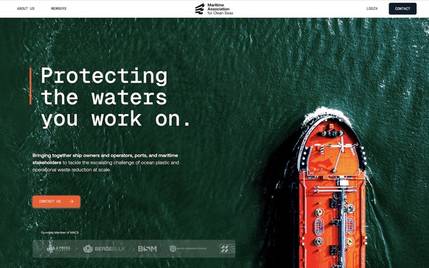Vessels Face FuelEU Maritime, EU ETS Challenge Despite Delay of the IMO Net Zero Framework
The decision made during the MEPC meeting in October 2025 to delay the IMO’s Net Zero Framework, by one year, has caused waves across the shipping industry, generating opinions and comments from many industry stakeholders. As a consequence of this decision, it is ever more likely that it will give rise to more regional legislation and Emission Trading Schemes, which may come to the fore as a substitute for the delayed global IMO Net Zero Framework.
With this in mind, the EU ETS, which was originally deemed a transitional legislation, may now become much more relevant as a leading example of an ETS, for other regions to follow.
While so much focus has been placed on the latest MEPC decision and what impact it may have upon global shipping’s decarbonization efforts, it seems many may have missed further important developments within the EU, under FuelEU and ETS.
On October 8, 2025, the European Commission released its Guidelines for Reporting and Verification of Actual Methane Slip Factors. For the first time, shipowners can replace conservative default methane values with measured data, verified in accordance with IMO Resolution MEPC.402(83).
The current FuelEU default tables cover CO₂ only. They do not include methane slip (CH₄) or nitrous oxide (N₂O) factors for most new, or renewable fuels, such as:
- Bio- and e-methanol
- Ammonia
- Hydrogen and other RFNBOs
- Dual-fuel engines (where N₂O formation can be significant)
This means that without measured data, these fuels are not yet fully creditable or verifiable under FuelEU or ETS. In practice, this could lead to under- or over-reporting of GHG intensity and exposure to higher emissions costs.
However, there is a solution, as the IMO MEPC.402(83) defines how to measure both methane (CH₄) and nitrous oxide (N₂O) onboard, whilst the EU Guidelines (Oct 2025) define how to report verified CH₄factors under FuelEU, with N₂O procedures expected soon. The technology to continuously measure and verify, CH4, CO2 and N2O, already exists. VPS Emsys can undertake these tasks and correlate these gaseous emissions with engine load, automatically building a verifier-ready Methane File.
It is so important for shipowners and operators to act now as from 2025, voyages which will fall under theEU ETS 2026 cycle, will see all combustion-related GHGs, (CH4, CO2 and N2O), priced and verified. At present FuelEU does not provide any default methane or nitrous oxide factors for new fuels, yet only measured values can truly provide accurate GHG accounting and lower ETS exposure.
VPS EMSYS provides the measurement framework today, fully aligned with IMO 402(83) and future proofed for upcoming FuelEU verification.

















